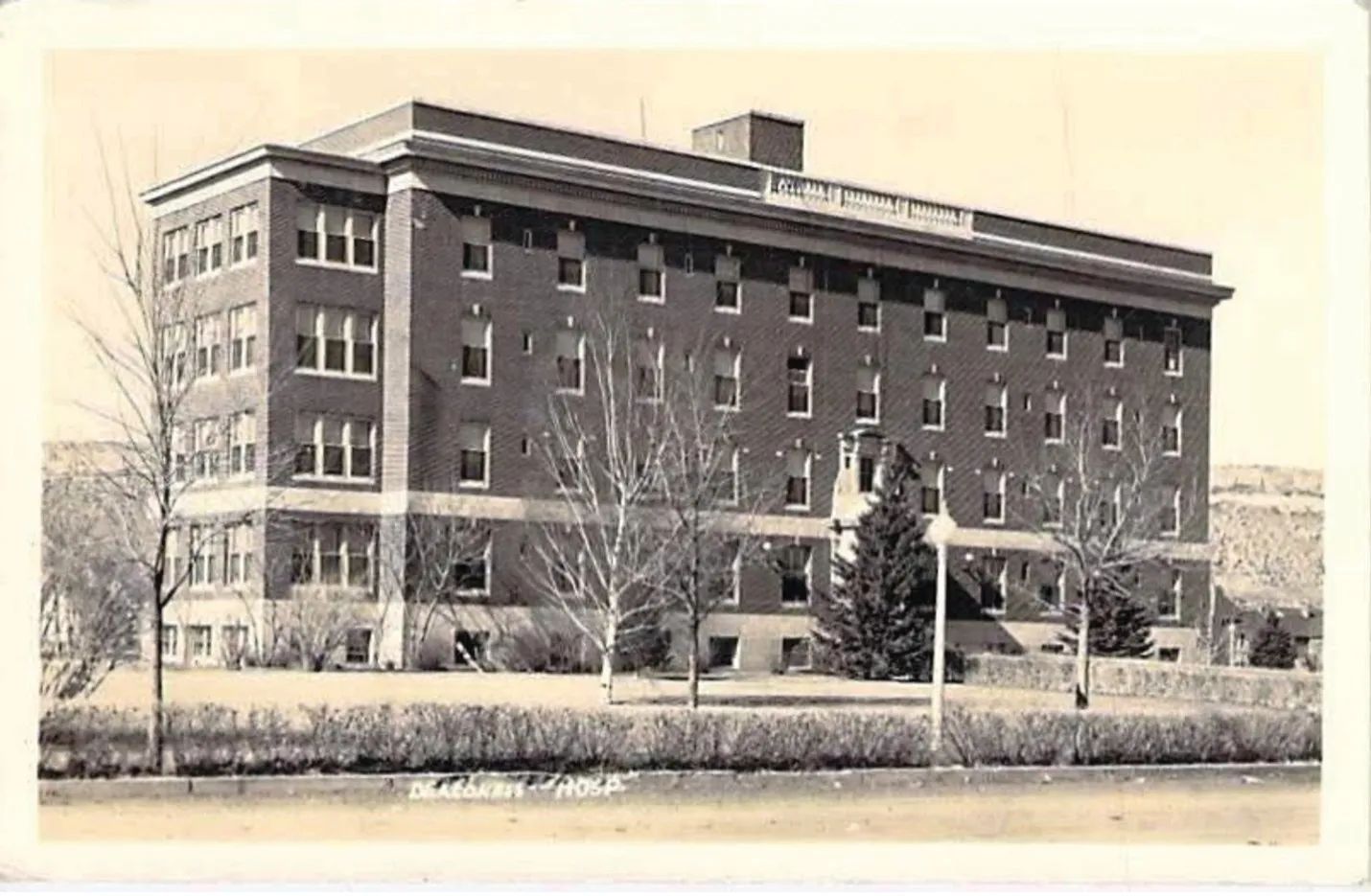
50 Years Strong The Lifeline of Emergency Medicine at Billings Clinic
September 2025
article by Maria Weidich | photos courtesy of Billings Clinic
When the Emergency Department at Billings Clinic, then known as Deaconess Hospital, first opened its doors in 1975, it operated with just three patient beds and four devoted physicians providing round- the-clock care. And in those early years, emergency medicine wasn’t even a specialty, explained Brad Vonbergen, Director of Emergency Service Operations at Billings Clinic. “You might have seen an internal medicine doctor or podiatrist (along with dedicated orderlies) covering the ER.”

What began as a small operation, serving only a handful of patients each day, has grown 50 years later into a vital department that serves more than 50,000 people annually, making it Montana’s largest and busiest emergency department.
During Brad’s 34 years at Billings Clinic, it’s no surprise that the technology has advanced immensely. “It’s gone crazy,” he laughed. “We used to have to ambulance patients to the MRI center every few days; now we have multiple MRI machines just two minutes away.”
“We’re finding things earlier, so the care is a lot better; we’re able to know what’s going on and get the treatment patients need even quicker.”
Tami Grewell, Emergency Department Clinical Coordinator, has served at Billings Clinic for 18 years, and echoed that the department has seen huge leaps in technology- driven care over the last five decades. “The advancements in technology have provided new opportunities to further educate the entire care team,” she added. “We’re able to expand on what we can do with nurse-driven protocols, which widens our scope of care as well.”
In 2022, Billings Clinic became the first Comprehensive Stroke Center in Montana and Wyoming, and remains the only one today. Then, in 2023, Billings Clinic was verified by the American College of Surgeons as Montana’s first Level 1 Trauma Center, providing state-of-the-art technology and evidence-based design that enables physicians, nurses, and caregivers to provide proven best care practices.
For Brad, it’s this innovation that he’s most proud of. “Even before the ER opened its doors, Billings Clinic was committed to providing the most advanced care available,” he said. “Each of these designations requires a huge commitment to the hospital. Providing the best physician support and most advanced equipment to provide the care that these accolades promise is a huge undertaking, Brad added. “But it changes the lives of people, and that has been huge for our region.”
Earlier this summer, the Emergency Department became Montana’s first hospital to receive the Emergency Nurses Association (ENA) Lantern Award, recognizing excellence in emergency care and highlighting a dedication to quality, safety, and a healthy work environment. “It consisted of approximately 52 pages boasting about our Emergency Department,” Tami said. “We have such a resilient team in the Emergency Department. They adapt at a moment’s notice and step up to any hurdle. It was a lot of fun to put together and even better to be awarded the designation.”
With the increased demand for healthcare services in Montana, Wyoming, and the western Dakotas, the Billings Clinic Emergency & Trauma Center is committed to meeting the growing needs of our region. “We’re seeing more and more people and caring for more and more people,” said Billings Clinic Marketing Director Kristin Peterman. “What’s the next thing our community needs that we can provide?”
To provide safe and compassionate care to everyone who comes through the door, Brad explains the need for expanding the Emergency Department. “To provide care to everybody when you have space limitations, you have to consider expanding where you are."
Now, with the major expansion and modernization underway, the state’s largest and busiest emergency department is poised to continue its legacy for generations to come. While the Clinic’s downtown Billings location is landlocked, the hospital plans to add rooms and technologies to provide more immediate care to those in need. The upcoming renovation will improve the patient experience, invest in the community, and embrace innovation to make emergency care faster, safer, and more advanced than ever before.
The Emergency Department will expand from 36 to 39 treatment rooms, not counting additional surge capacity, to better serve the ever-increasing number of patients who rely on its services each year.
“As the number of patients we see increases, we want to continue to provide the same level of care to even more people. Every trauma starts in the ER, and our region leans on us to help them.”
-Brad Vonbergen
HIGHLIGHTS OF THE 8,500-SQUARE-FOOT
EXPANSION INCLUDE:
• Expanded Trauma and Critical Care: One additional trauma bay and two new critical care/trauma rooms will provide more space to care for multiple critical care patients at once.
• Improved Workflow: An expanded nurse station, a new vertical care unit for patients with less acute needs, and a redesigned layout will help teams deliver care more efficiently.
• Enhanced Support for First Responders and Staff: Plans include a new EMS lounge, a larger ambulance bay that can accommodate four ambulances at once, and expanded staff and physician support areas.
• Advanced Imaging and Safety: A new CT/X-ray suite inside the ED and a dedicated hazmat/decontamination area will help teams respond to any scenario safely and swiftly.
Originally printed in the September 2025 issue of Simply Local Magazine
Never miss an issue, check out SLM's digital editions here!





